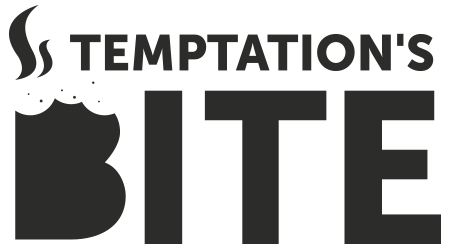Looking for:
Microsoft windows 10 group policy editor free

Jump to a Section. This article provides instructions for finding and using the Group Policy Editor, including how to open it and what you can do with it. When it comes to configuring Windows 10, some things are easier than others. For example, setting up and activating a wireless connection is easy with the taskbar notification area and the Settings app. You can, and the Local Group Policy Editor is a way to do it. The first thing you should know is that the Local Group Policy Editor is only available in the Professional and Enterprise versions of Windows So before you try the steps below, check to make sure you have one of these and not the Home version.
Check out the differences between Windows 10 Home and Windows 10 Pro. If you’re good to go, use one of the below methods to open the Local Group Policy Editor. Click the Start menu , type run , then select the Run app. Enter gpedit. You can also launch it from within the Control Panel. You’ll find it listed as Edit group policy under the Administrative Tools section try searching for “group policy”.
Just double-click it from here as usual. Now, Windows has lots of tools that enable you to do this, so where does this one fit? One way to think of it is in terms of ease of use. For example, the Settings app is arguably the most accessible Windows configurator, with its large text and targeted options. But you’ve probably been in a situation where you can’t find what you want in Settings, and need to open up Control Panel , one step up in both functionality and complexity. A very functional and therefore complex tool is the Registry Editor , which requires you to find cryptic key names and change values manually.
You can do things here that you can’t in Control Panel, such as applying system-wide changes and removing options from built-in applications such as File Explorer. You can make changes like this in Registry Editor as well, but the difference is that Local Group Policy Editor gives you nice graphical controls for the options it supports.
To list all the capabilities available through Local Group Policy Editor is beyond this article’s scope, or really, any single piece. But you can explore the options here, and we’ll walk through one example of its use to demonstrate how to use it. You’ll see a panel with two folders on the left-hand side: Computer Configuration and User Configuration. As you might guess, these allow you to change settings for either the entire machine i.
Click on the arrow to expand one or both of these. Each top-level group has three sub-groups underneath: Software Settings , Windows Settings , and Administrative Templates. The first two options allow you to set configurations for either installed applications or built-in ones.
Select the latter from the User Configuration section. On the right, you’ll see all the options you have available. Double-click the one called Remove Documents icon from Start Menu. This option will display a dialog explaining what the setting will do. In the upper-left corner, there’s a set of three radio buttons: Not Configured no change made so that the system will use the default , Enabled the policy is applied, i. Select Enabled , then click OK. On your next startup, the Documents icon will not appear on the Start Menu’s left-hand side.
When you visit this site, it may store or retrieve information on your browser, mostly in the form of cookies.
Cookies collect information about your preferences and your device and are used to make the site work as you expect it to, to understand how you interact with the site, and to show advertisements that are targeted to your interests.
You can find out more and change our default settings with Cookie Settings. By Aaron Peters. Aaron Peters. Reviewed by Jerrick Leger. He is also a systems administrator for an IT firm in Texas serving small businesses. Tweet Share Email. In This Article Expand. Opening the Local Group Policy Editor. Was this page helpful?
Thanks for letting us know! Email Address Sign up There was an error. Please try again. You’re in! Thanks for signing up. There was an error. Tell us why! More from Lifewire.
Microsoft windows 10 group policy editor free
We don’t have any change log information yet for version 1. Group Policy lets you access advanced settings on your Windows computer. This site in other languages x. You may configure any part of the system, including network and security policies, as well as Windows OS functions and program settings. Internet Tools. Make sure to create a restore point just in case something goes wrong.
How to Access the Group Policy Editor in Windows Home
But how to open the Local Group Policy Editor on your computer? MiniTool introduces 11 different ways for you to choose from.
The Local Policy Editor contains mainly 2 sections: Computer Configuration which keeps settings that have been applied to computers and User Configuration which keeps settings that have been applied to users. With the help of the Group Policy Editor, administrators can manage rules for other users of their computers quickly and easily.
How to open Local Group Policy Editor? How to edit Group Policy? Free Download. You may encounter the gpedit. Users said they see the gpedit. The most direct way to open the Policy Editor is using Windows Search feature. What if File Explorer is not responding or has stopped working? You can also watch the video guide for help. Tip: You’d better back up your system and important data to be well prepared for unexpected accidents.
Besides, you should get a professional data recovery tool so that you can use it to recover lost files as much as possible in time. Read More. Scroll down for the next news Scroll down.
